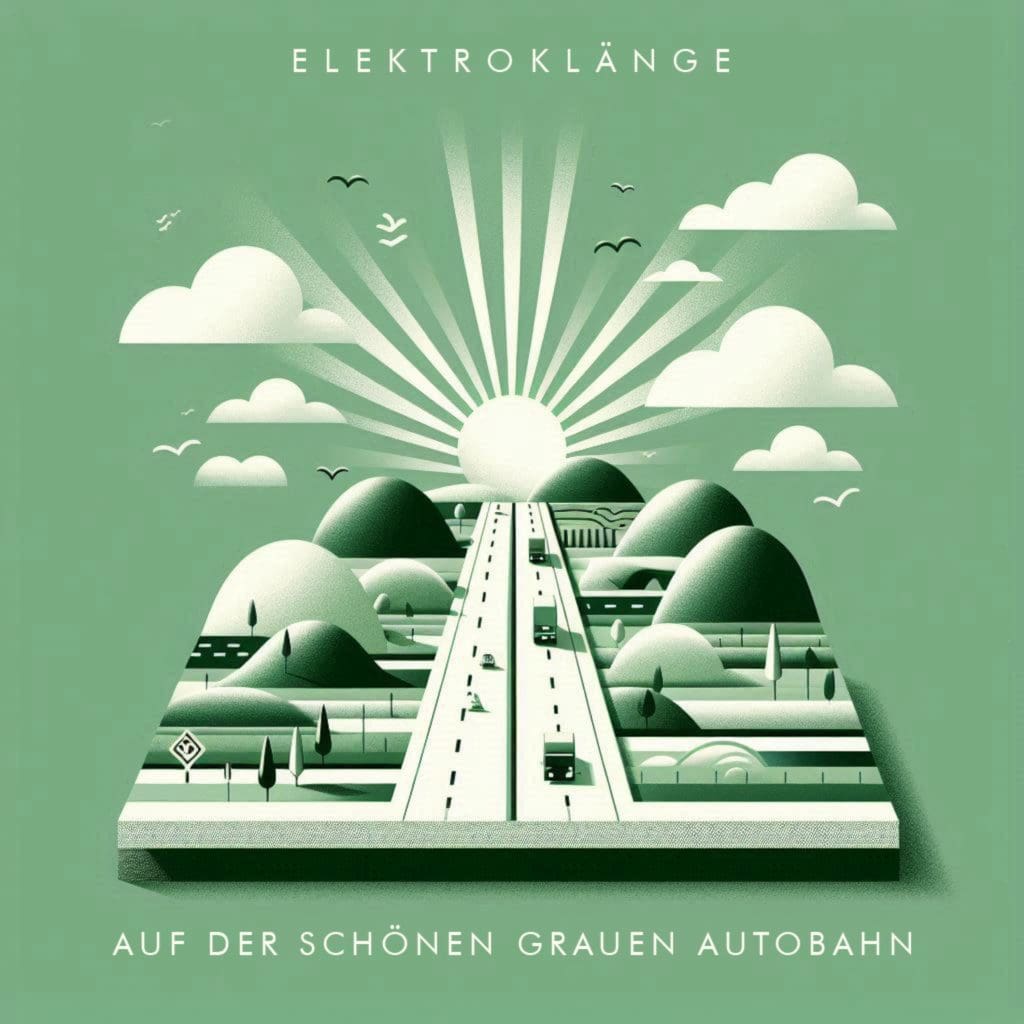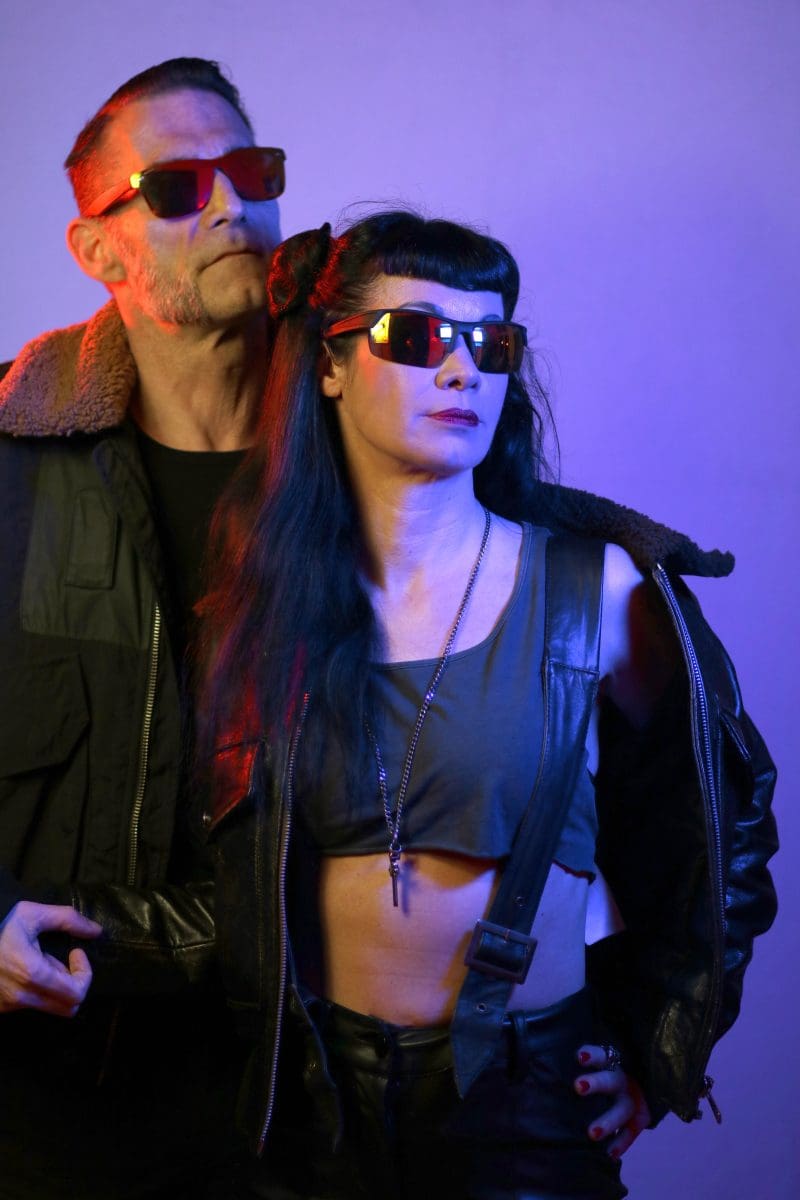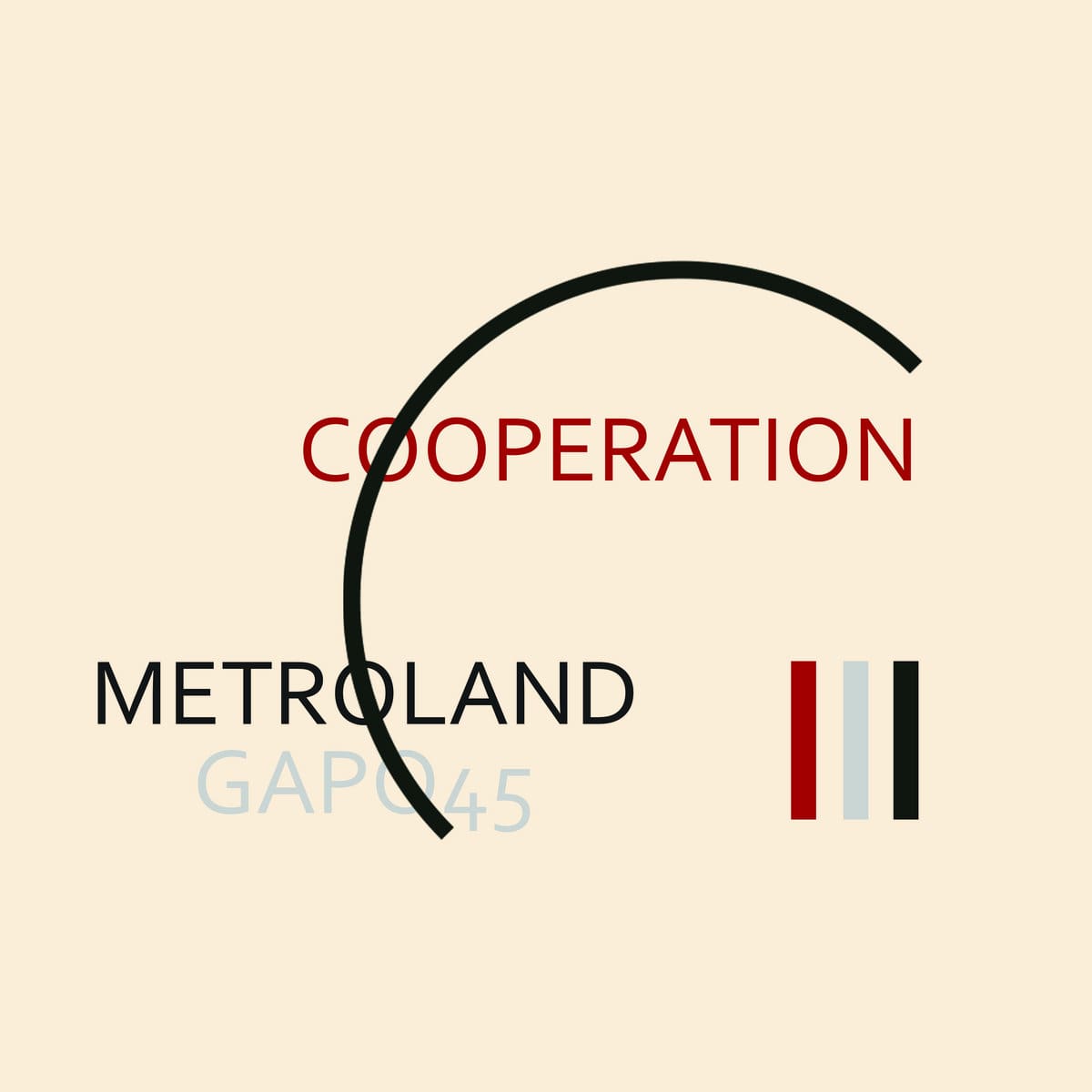Kraftwerk LP ‘Autobahn’ turns 50: Elektroklänge releases tribute single – Out now

"Auf der schönen grauen Autobahn" EP
In celebration of the 50th anniversary of the Kraftwerk album “Autobahn”, Swedish minimal electro-pop ensemble Elektroklänge has released its latest EP, “Auf der schönen grauen Autobahn” today on Bandcamp and all other platforms. This release concludes their trilogy honoring Kraftwerk’s pioneering influence on electronic music.
Preceded by the “Abfahrt” EP and the full-length album “Motorik”, this three-track EP includes a radio edit of the title track and an expansive 22-minute “umleitung mix”, which offers listeners a dynamic journey through evolving melodies and rhythms, paying homage to Kraftwerk while introducing new elements. Additionally, the minimalist piano demo “Glitzerstrahl” (“wohltemperierte klavier mix”) provides an insight into Elektroklänge’s creative process.
About the Kraftwerk album “Autobahn”
Kraftwerk’s “Autobahn”, released November 1st 1974, marked a pivotal moment in electronic music, introducing a minimalist aesthetic and innovative use of synthesizers. The album’s title track, a 22-minute exploration of the German highway system, became emblematic of the band’s forward-thinking approach and has influenced countless artists in the electronic genre.
Produced by Kraftwerk’s founders, Ralf Hütter and Florian Schneider, alongside engineer Conny Plank, “Autobahn” also marked their shift towards self-production and studio control. The album cover, designed by Emil Schult, who would become a longtime collaborator, featured a stylized highway scene, encapsulating the futuristic, minimalist aesthetic of the album.
The genesis of “Autobahn” began in the early 1970s, with Ralf Hütter and Florian Schneider’s vision to capture the experience of driving on Germany’s highways through electronic music. Both musicians were drawn to the minimalist landscapes of repetitive sounds, influenced by early electronic experimentation, including the work of Karlheinz Stockhausen and the minimalist compositions of Terry Riley and Steve Reich. By 1973, they had begun developing the concept of “Autobahn,” not merely as a song but as an auditory journey that would mimic the sensations of motion, rhythm, and space found in a car ride.
Schneider and Hütter started experimenting with various synthesizers and audio devices, including the Minimoog, EMS Synthi AKS, and custom-built vocoders to give the album its signature sound. These innovations allowed them to break away from conventional instrumentation, which they felt limited their creative ambitions. They also collaborated with Conny Plank as mentioned above, a sound engineer known for his pioneering work with electronic and experimental artists. His expertise in audio manipulation helped bring their ideas to life.
The concept was also heavily influenced by the cultural context of 1970s West Germany, where the Autobahn highway system symbolized postwar modernization and mobility. For the band, the autobahn represented the modern German identity, and they saw it as an icon of progress and movement. Rather than creating a traditional song, they wanted the music to evoke the hypnotic, meditative experience of long-distance travel, capturing both the solitude and the exhilaration of the open road.
To round out this sound, they brought in artist Emil Schult to co-write lyrics and develop visuals for the album, solidifying the Autobahn concept as a cohesive audio-visual experience. Schult’s input helped transform the music into a holistic work of art, with lyrics that were sparse and repetitive, much like road signage, and album artwork that emphasized sleek, streamlined aesthetics.
The rest is as we say history.
Since you’re here …
… we have a small favour to ask. More people are reading Side-Line Magazine than ever but advertising revenues across the media are falling fast. Unlike many news organisations, we haven’t put up a paywall – we want to keep our journalism as open as we can - and we refuse to add annoying advertising. So you can see why we need to ask for your help.
Side-Line’s independent journalism takes a lot of time, money and hard work to produce. But we do it because we want to push the artists we like and who are equally fighting to survive.
If everyone who reads our reporting, who likes it, helps fund it, our future would be much more secure. For as little as 5 US$, you can support Side-Line Magazine – and it only takes a minute. Thank you.
The donations are safely powered by Paypal.










